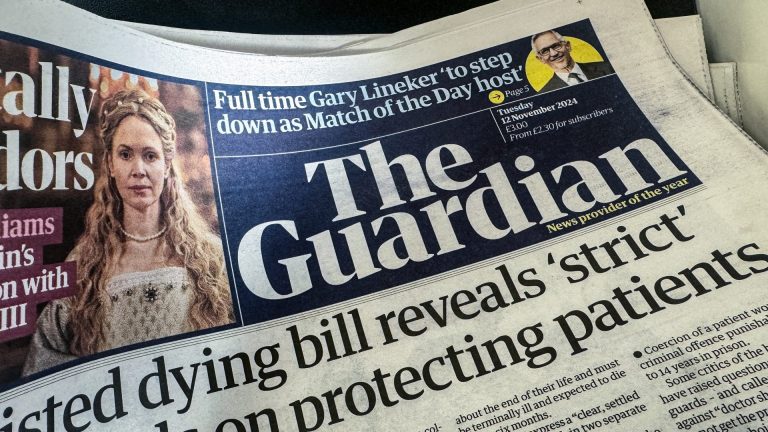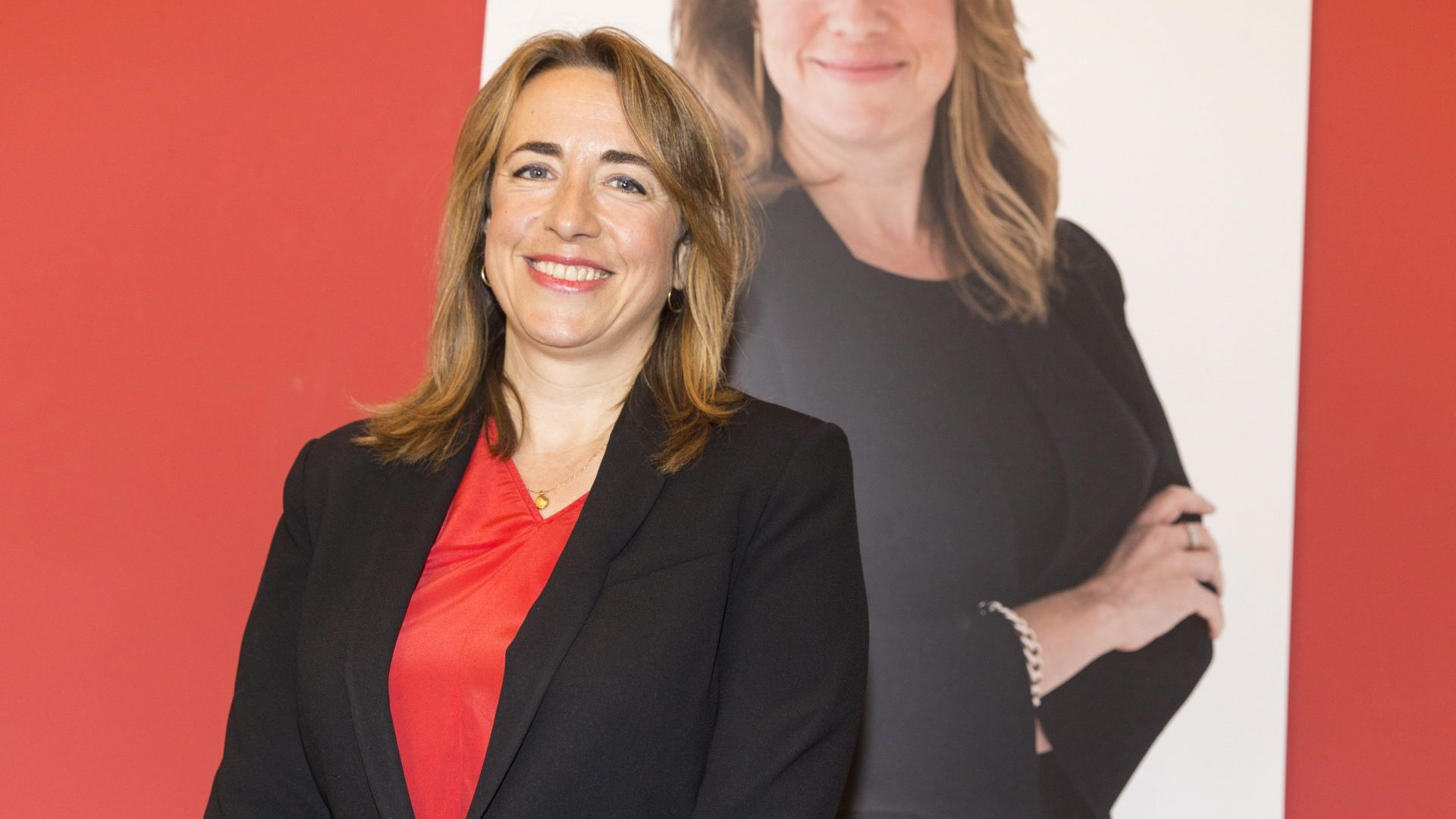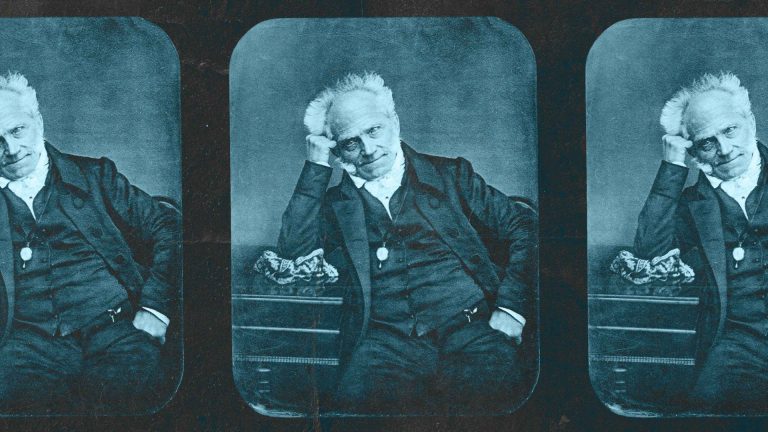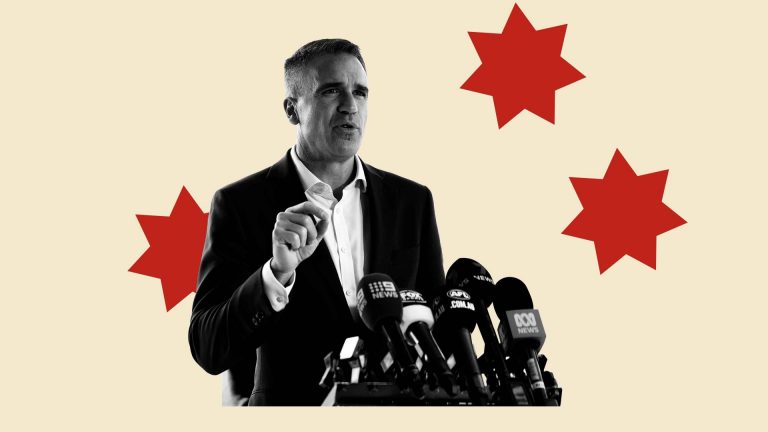Last weekend Guardian editor-in-chief Kath Viner took a moment to celebrate 10 years in the job on LinkedIn. She was, she noted, the first female editor-in-chief of the newspaper, and only its second to go to state school – both great achievements, the paper’s hacks tended to agree.
Where her post raised eyebrows, though, was when it commented that when she took over in 2015, “The Guardian was making big losses and the business model was not sustainable”. Viner’s predecessor Alan Rusbridger had made the decision not to install a paywall, but instead keep the Guardian’s journalism free and instead ask readers to donate.
Suggested Reading


Brassic Guardian can’t foot awards bill any more
Under Viner, the Guardian has… not installed a paywall, kept releasing its
journalism for free, and asked readers for donations. As to how that’s going, in 2014/15, the final year of the bad old days before Viner took over, the Guardian lost £17.6 million. In its latest set of published accounts, for 2023/24, the Guardian had an “adjusted operated profit” of minus £33.9 million (otherwise known as a loss).
Thankfully, the Guardian – mostly due to selling off AutoTrader in 2014 – has a billion-pound trust fund, and so won’t go bust any time soon. But the mystery of how a £17.6 million loss was “not sustainable”, but a £33.9 million one is the result of “tough decisions to build the Guardian’s future” remains, alas, unsolved.












